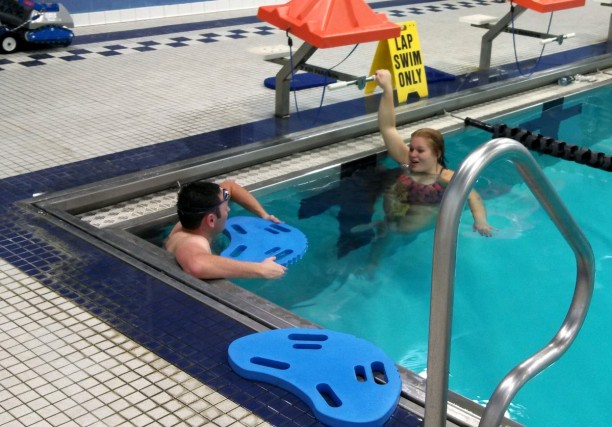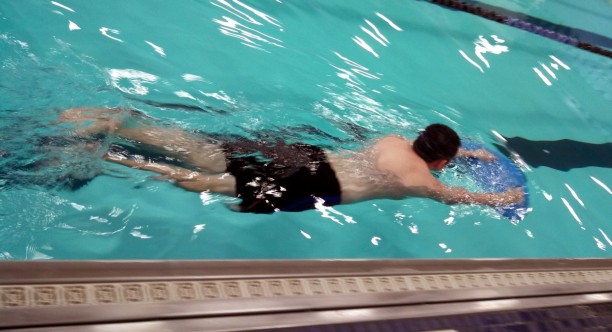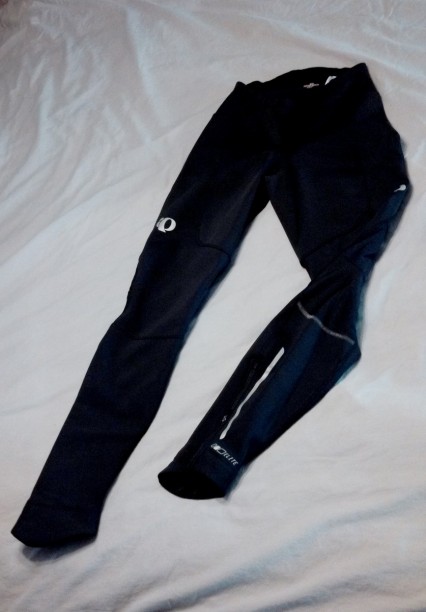
All of these bikes are better than their riders.
A few weeks ago, I read an article on MTBR wherein the author opined that people are buying “too much bike” for themselves. And it’s exactly the sort of judgmental, elitist, old-school-is-the-only-way nonsense that keeps people out of our sport.
The column is chock full of contradictory logic. The author claims that the skills he learned on a rigid bike, namely how to pick clean, safe lines, are indispensable. He then admits that those lines changed as soon as he was on a suspension bike. Further, he discloses that he rides a rigid now, but it’s a 29er with fat, tubeless tires, and that it’s a far more accommodating ride than the 24″ or 26″ rigids he grew up riding. Well which is it? Make the ride harsh so you have to learn, or embrace just enough technology (carbon fiber handlebars, really bro?) to preserve your sense of manliness? On a second read, it becomes clear that the author’s perspective is rooted more in his sense of nostalgia and machismo, than good sense in general.
Even his value proposition is poorly illustrated, as the model he’s chosen to use as an example, a hand-made boutique bike called a Vassago VerHauen, comes at a price just for the frame that most beginners don’t want to spend on a whole bike.
He goes on to talk about how riding a rigid will make you more proficient and safer, while simultaneously acknowledging that making a mistake on a rigid will likely send you over the bars. Talk about barriers to entry! Maybe, if your target is rider safety, it’s better for newbies to start out on a bike more forgiving to boneheaded line choices. How much fun are they going to have when they’re constantly getting beat up by the trail, worn out because they have to stay out of the saddle, and teetering on the edge of disaster at every turn? And if they aren’t having fun, how long do we expect them to keep coming back?
Another neglected detail in his post is how the march of technology has changed trailbuilding. A lot of the trail built over the last 15 or so years has been built with modern, suspended bikes in mind. For all but the most proficient riders, a lot of those trails would be unassailable on a rigid bike. Is less trail use what we’re going for? It’s not about line choice when it comes to some drops and obstacles, it’s about the bike’s ability to absorb a hit.
How “good” a bike is depends largely on who’s riding it. I know that my Fuel is capable of more than I do with it, but I can also do things on my Fuel that I never could have done on my old 4300. I sold the latter, an entry-level hardtail, because I wasn’t enjoying it on the kind of trails I was riding. It wasn’t about line choice, it was about the best tool for the job, and having fun. There’s not a bike out there that some other rider couldn’t ride better, and that applies all the way up to the World Championship level.
Certainly, there are skills and techniques that you will learn on a rigid that you won’t learn on a hardtail, and on a hardtail that you won’t learn on a fully. The skills emphasized on one bike will transfer to other bikes, at least small ways. But it begs the question: if your intent is to ride a fully all the time, why do you need those skills in the first place? If a rider is perfectly happy banging along his local trails on his 150mm travel rig, letting the suspension do the work for him, why shouldn’t he? It is vain to think that every rider on the trail wants the same thing out of a ride.
We can’t forget that bikes are art, to lovers of bikes. We all pore through the magazines and websites every year, ogling the new models and new technology that manufacturers and custom builders have come up with. If a guy wants to drop 6 grand on a carbon full suspension rig to commute down the bike path because he thinks it looks cool, who is he hurting? Let’s face it, if the only people who bought high-end, full suspension bikes were those capable of riding them to their potential, nobody would be making those bikes for any of us to buy.
The truth is that every style of bike has something to teach you, as does every trail. Every rider will benefit his or her own development by riding on a variety of equipment, on a variety of terrain. But to say “thou shalt learn on a rigid” is unfair to many riders who simply won’t enjoy getting beat up riding their local trails without suspension, and will abandon the sport altogether after a few weeks. Maybe we, as a community, should spend a lot less time thinking about what other people are riding, and more time helping them ride. Jacking up the barriers to entry in a sport that already struggles for attention and legitimacy won’t help any of us, in the long run.









